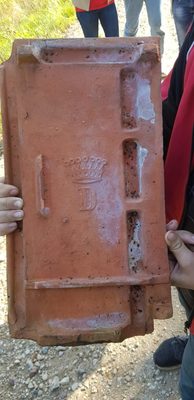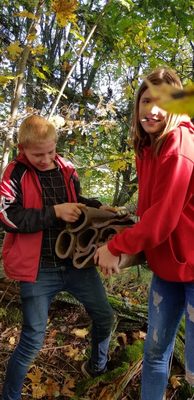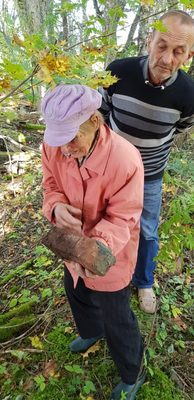On 9th of October we held our first videoconference of the new school year. After such a long time, it was so nice to see each other again!
Students talked about their researched places and shared their feelings about being back in school.
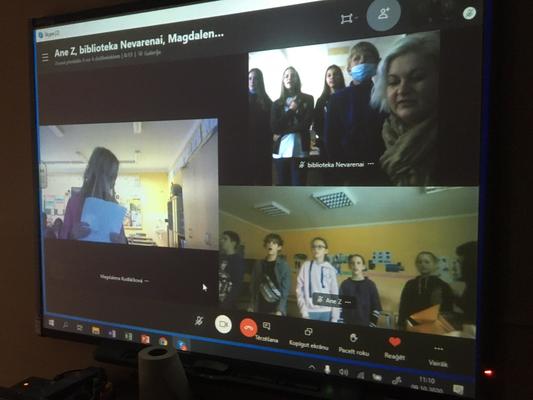
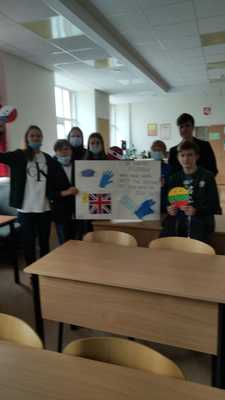
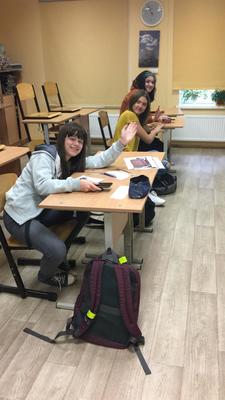
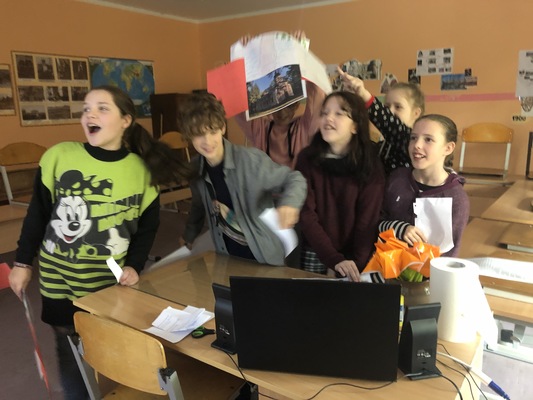
Students from Czech Republic, Latvia and Lithuania are on a quest to discover forgotten places in their school's surroundings! Erasmus+ KA229 project "Quest for vanished places"
On 9th of October we held our first videoconference of the new school year. After such a long time, it was so nice to see each other again!
Students talked about their researched places and shared their feelings about being back in school.




Tirza primary school 6th grade went on an expedition to an Orthodox Church in Galgauska parish. The church has been abandoned for at least 70 years. During the expedition, we studied the materials of the church, the paintings of the walls and ceilings, and sketched the outside and inside of the church. We looked at and read the inscriptions on the tombstones. We found out that Baron Megden's family members were buried there. We also explored the surroundings of the church - it is located in a forest, on the right bank of the river Tirza, on a hill with high cliffs. In the past, there was a bridge over the river Tirza. Currently there is only a small pedestrian bridge. Many unanswered questions arose during the expedition. We will look for answers by interviewing people in the area and studying publications.
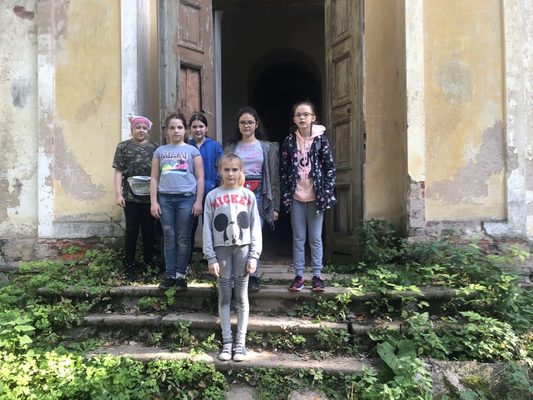
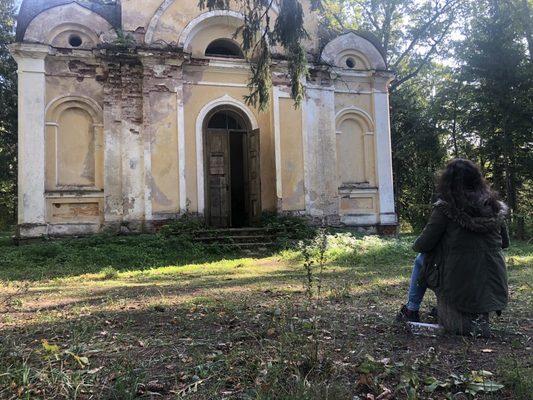
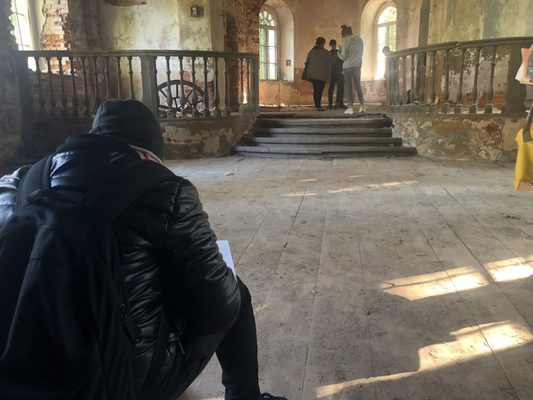
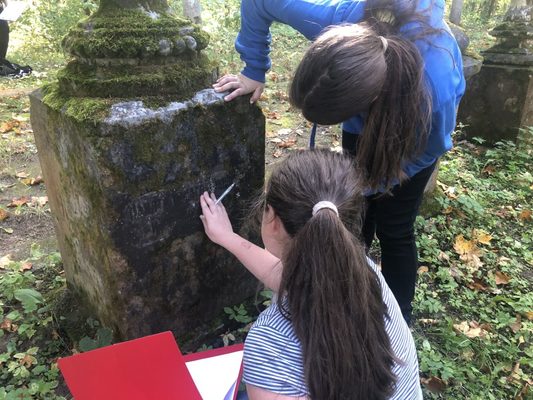
Tirza primary school 5th grade students went to Āža Dzirnavas - a mill in Tirza. On their way, they stopped at the culture centre in Tirza to take a look at photos by famous photographer Knoks to see what the mill looked like in the 1930s and then went to see if any of the buildings had survived. Eliza had interviewed her grandmother Nora Bite, whose parents were working in the mill at the time, and shared what she had learned about life in the mill.
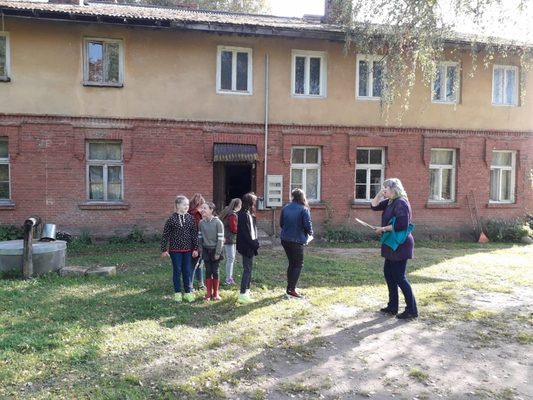
Tirza primary school 7th grade with their teacher Gunta went to Druviena parish to explore the local brick kiln. We had invited local historian Lidija to a conversation in the Druviena library, where she had worked in the kiln with her family for many years. 7th grade story: “We found out that the Druviena brick kiln was built around the 1880s. Bricks of various sizes, drainage drains and tiles were produced. The kiln was famous for its quality products. Clay was excavated in the adjacent areas. Initially, it was hard handwork. Around the 1950s, the kiln was planned to be modernized with electrical equipment, but unfortunately in 1956 it ceased operations. In the field we saw an impressive kiln with a giant chimney. Unfortunately, other parts of the building have not survived, but evidence of the products made there could be found throughout the area. We found both bricks and drainage pipes ”. Teacher Gunta adds: “Students were very passionate about everything they heard and saw. They listened with great interest to all the historical stories, asked questions and drew various conclusions ”.
